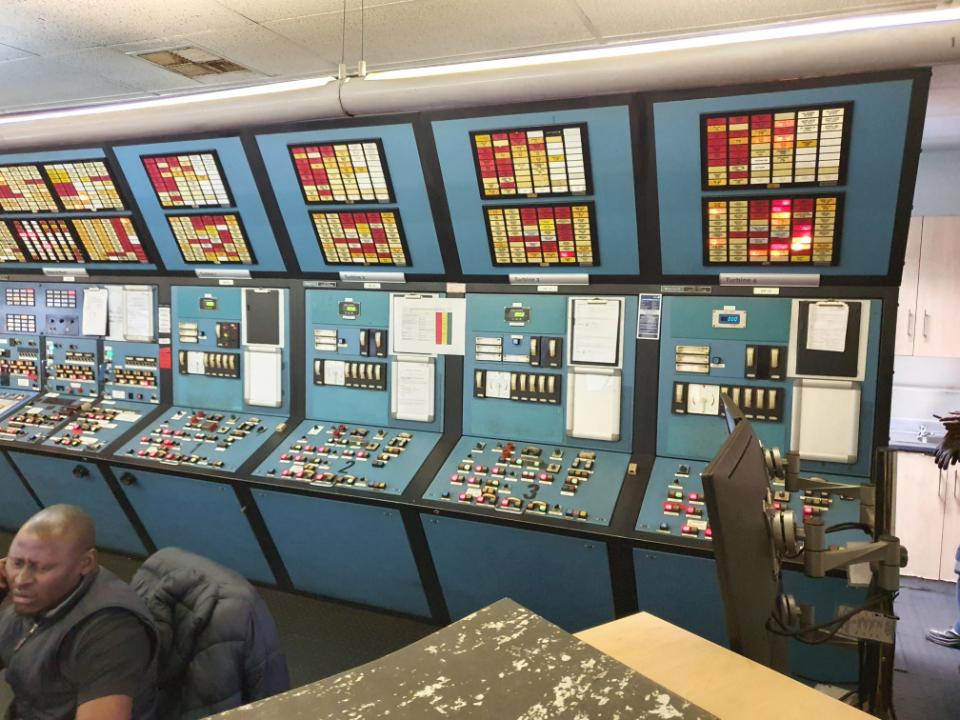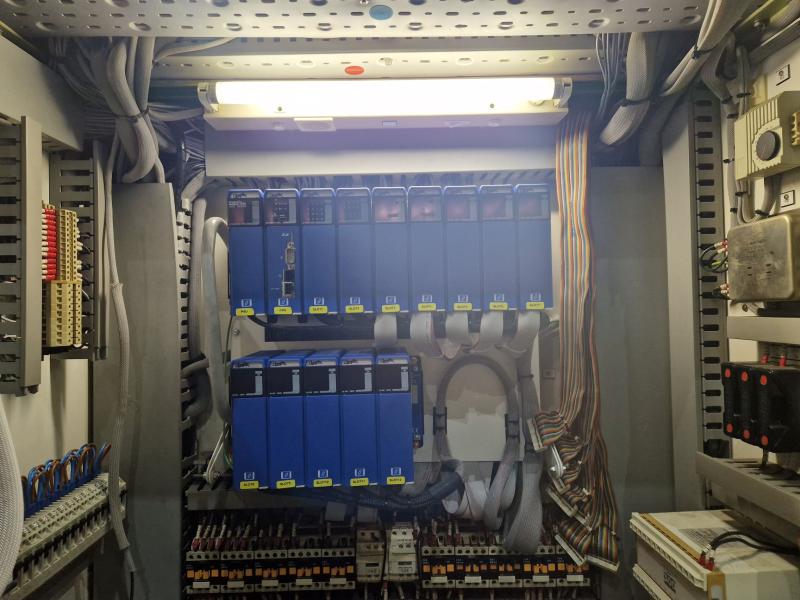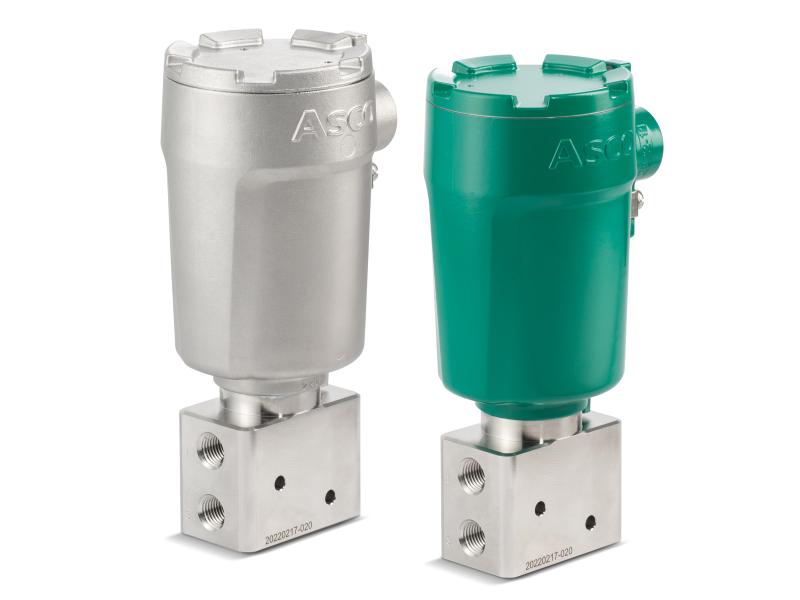When Sasol’s Secunda powerplant in South Africa was looking for ways to improve productivity and maintenance responsiveness, it approached remote monitoring experts Omniflex for real-time monitoring of electrostatic precipitators (ESPs) across 17 substations. Omniflex provided hardware solutions and consultancy to enable full visibility and data flow to the control room, improving operational efficiency, reducing downtime and modernising ESP oversight.
Sasol’s Secunda is one of the largest synthetic fuel plants, with 136 electrostatic precipitators, a form of electrostatically charged plates, distributed across large multi-storey boiler buildings across its East and West Plants. Electrostatic precipitators are used to remove dust from flue gas in coal-fired steam generation.
The challenge
When boilers burn coal, there is a need to get rid of the ash that is forced into the electrostatic fields of the precipitators. The electrostatic precipitator panels charge wires inside the precipitators, inciting polarity in the ash passing through and causing it to be attracted to the plates of the precipitators.
The plates shake periodically to dislodge the ash before it is then collected. If these are not working properly, the ash isn’t electrostatically charged and therefore is not removed, leading to a reduction in boiler output to prevent producing too many emissions, production losses, and ultimately inefficient activity.
To address this, Sasol identified the need for alarm equipment to alert the control room when the panels were full. Typically, to investigate if the panels were full of ash, Sasol personnel had to do manual inspections across the 17 substations to identify if there were any issues, a time-consuming process. In addition, an inability to remotely detect faults slowed maintenance and reduced ESP time.
As well as the one or two alarms initially considered, Sasol thought of going further. Maintenance electrician Johan Oosthuizen suggested that motors, auxiliary equipment, panels, and alarms should have monitors, providing wider visibility of the plant. Having previously used its equipment in Sasol’s Analysers department, Oosthuizen’s colleagues directed him towards Omniflex, recognising the similar function required in remote monitoring all panels’ operating status, and to actively seek out any faults or failures.
After contacting Omniflex at the end of 2018, Oosthuizen outlined the parameters of the project.
“As well as the alarms we wanted to look at voltage, current, analogue signals, and trip status of auxiliary systems. These are all important operating conditions of electrical panels,” explained Oosthuizen.
The proposed solution
Sasol was looking for something simple to implement with proven reliability at a manageable cost. Following previous work with Omniflex, it felt confident in its decision to work with the remote monitoring expert on this project.
While Sasol handled system design and human machine interface work in-house, Omniflex provided consultancy on network architecture, hardware and the equipment that would be required. Sasol wanted a hardware solution that enabled it to monitor the status of each substation reliably. The distances between substations and the control room involved approximately 1 km of cabling. This could easily be covered by Omniflex’s CONET protocol, which can bring field data back to a control room or supervisor’s office in a cost-effective way, covering distances of up to 10 km.
Omniflex supplied its Maxiflex modular rack system – a process automation controller – which allows the user to choose their I/O and bring in the data. Approximately, 64 analogue inputs and 96 Digital Inputs are required for each network node. Maxiflex nodes can support 15 I/O modules which can accommodate up 960 points for monitoring. After it’s plugged into the system, it automatically registers the presence of modules and processes their data into the Omniflex Data Interchange table for the Conet Network to access.
“We’d already proven the reliability of our Maxiflex systems in other departments at Sasol, so they knew they were getting trusted technology,” explained Ian Loudon, head of international sales and marketing at Omniflex. “The scale of the project – with over 130 panels and thousands of data points – was ideal for our architecture. With CONET and Maxiflex, distance and volume were not a problem.”
Results
With a new system in operation, Sasol’s plants no longer required manual inspections. Previously, 48 field controllers had to check everything every morning, whereas one person can observe remotely from a control room. Instead of the five hours it took previously, Sasol personnel can identify problems within five minutes, spotting errors earlier and freeing up staff to perform other tasks.
In addition, the data acquisition builds up a bank of historical information where trends can be identified to spot if panels are underperforming, allowing Sasol to take preventative action, leading to less downtime and a more efficient process. Maintenance technicians can see panels’ status and every trip and signal from the control room.
This monitoring has led to implementation of a standardised system across its East and West plants, providing full visibility across every substation with an upgraded alarm and trip detection system for electrostatic precipitators. Final installations will be completed in 2025 to futureproof the site.
“I’d rate the project a nine out of ten. It’s doing exactly what we wanted. My bosses are happy which means I’m happy too,” added Oosthuizen.
“What impressed me most was how helpful and responsive Omniflex were – even though they weren’t on site, we always got the support we needed,” Oosthuizen concluded.
To find out how Maxiflex and CONET modules can help provide efficient management of your facility
e-mail: garyb@omniflex.com






